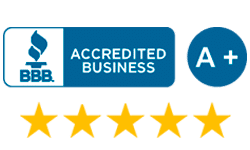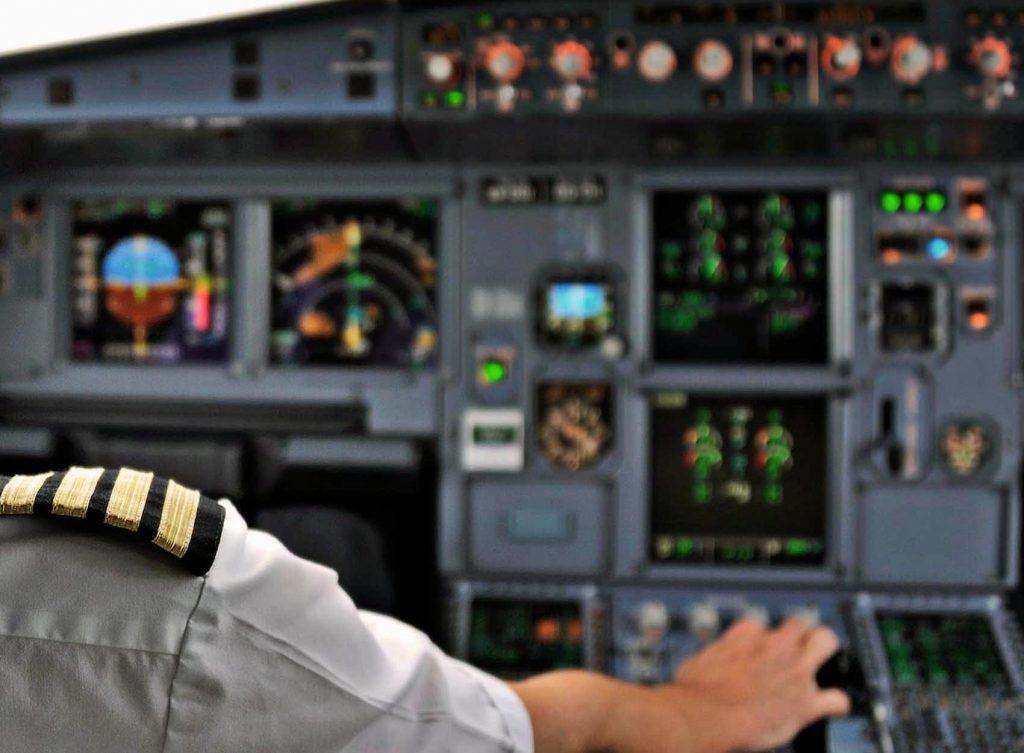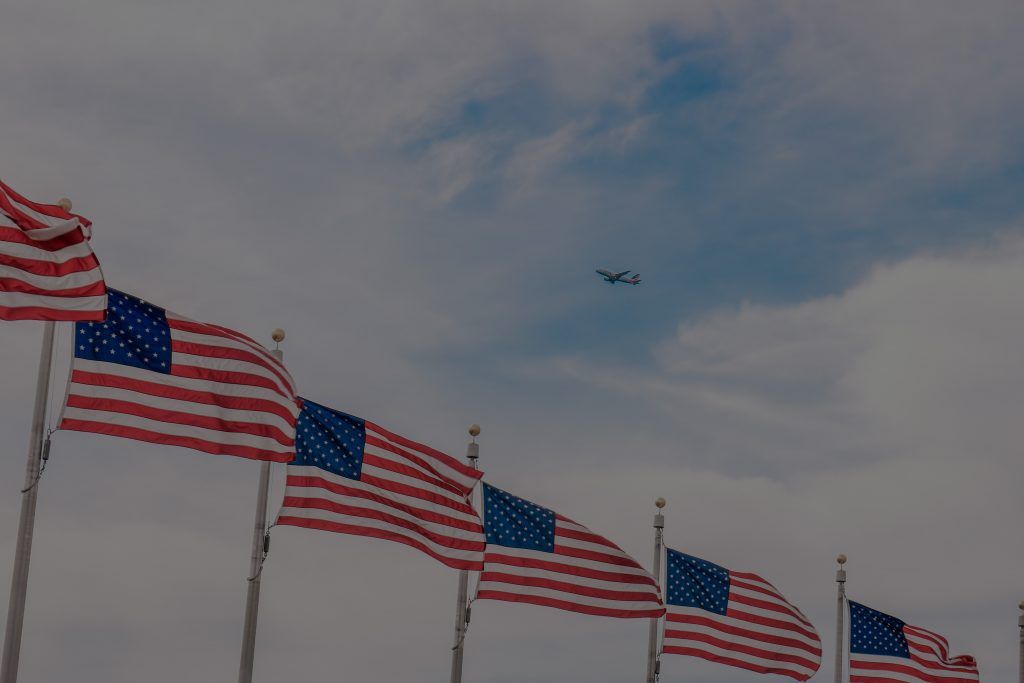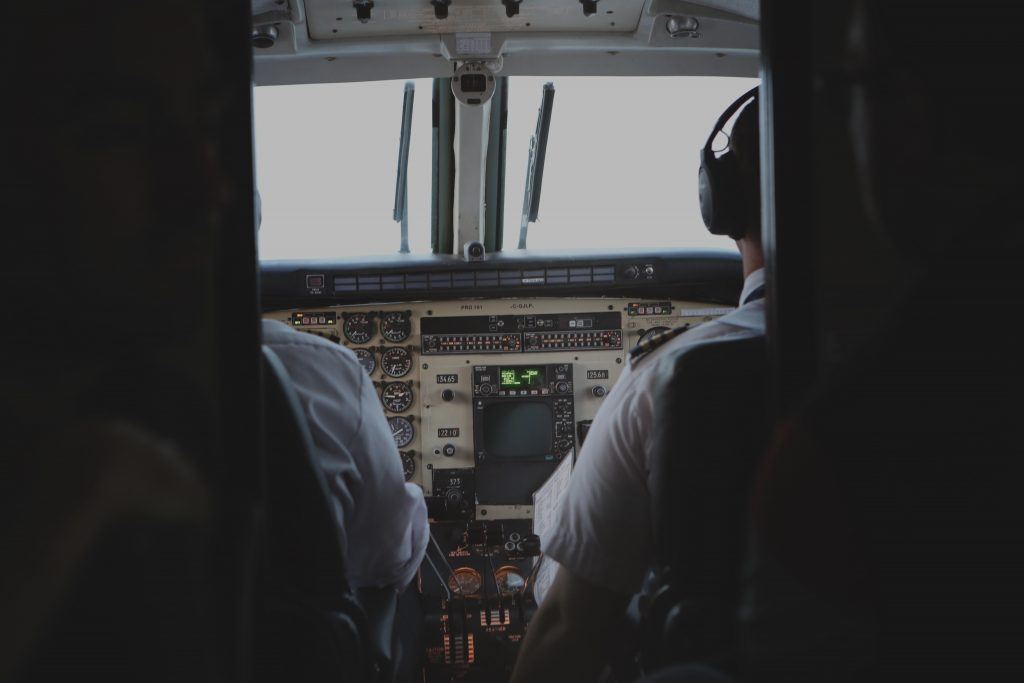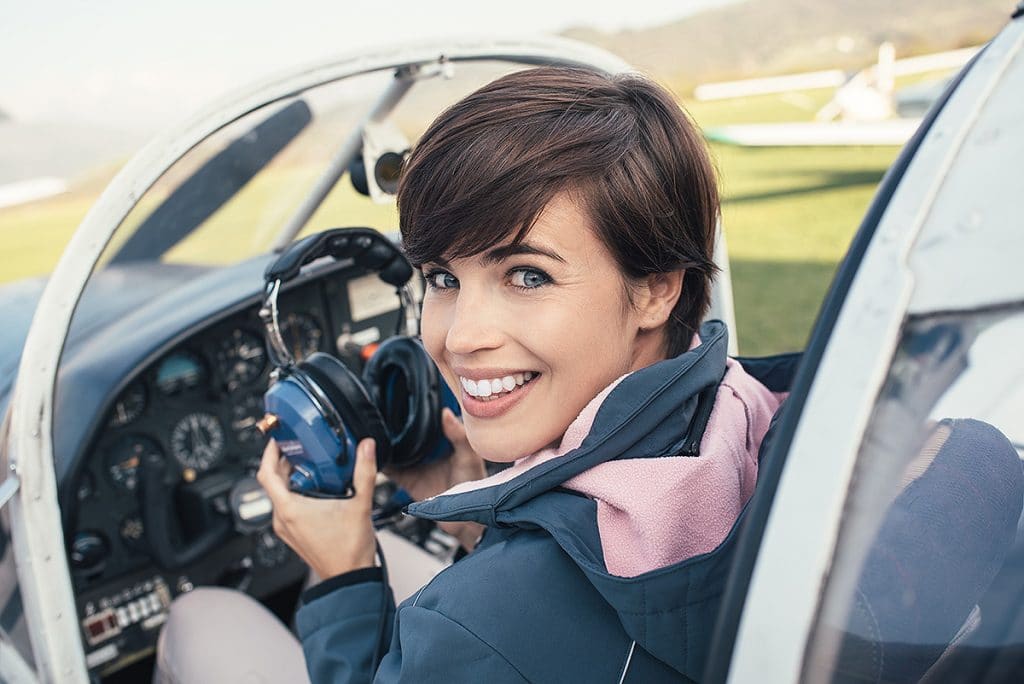1The first step towards becoming a commercial pilot is earning your single-engine Private Pilot Certificate. Keeping your end goal in mind — ATP’s philosophy is to deliver airline-style training and flight experience at the very onset of a pilot’s training career. This is accomplished through standardized operating procedures and training students to a high level of proficiency. In your primary training stage you’ll learn the fundamentals of flight before moving on to cross-country and solo training. During this stage, all training is conducted in Cessna 172 moving-map GPS-equipped aircraft, or Piper Archers.
What’s Included:
- Private Pilot iPad Home Study & Briefings
- Private Pilot Written Exam
- Single-Engine Flight Instruction
- Single-Engine Solo Flights
- Single-Engine Private Pilot Checkride
- Typical Training Day
From a Student’s Perspective:
Full immersion is an understatement… Two weeks into the program and I’ve done nothing but lived and breathed aviation – loving every minute. During the private pilot stage, my days start off with self-study, using ATP’s online learning modules. Here I’m learning all of the fundamentals of flying, which I’m confident is setting the foundation for the rest of my training. Mid-afternoon, I meet with my flight instructor for a preflight briefing and to go over a few questions I ran into during my self-study session. With questions answered and lesson objectives covered, I head out to preflight the aircraft at about 4pm. I’m excited for the flight ahead, as it is sure to be plenty full of stalls, slow-flight, ground reference maneuvers, and inevitably finishing with a round of landings.
2Instrument Rating
Airlines conduct flights under Instrument Flight Rules (IFR), allowing them to fly in less than ideal weather conditions. Accordingly, these pilots must have an Instrument Rating. During this stage, students conduct flights under simulated instrument conditions and learn IFR procedures such as approaches, holds, emergency operations, etc…
Not unlike other stages of the program, students are trained using standard operating procedures, flows, and callouts. This practice not only increases safety and consistency, but will prepare students for flying in the airline environment.
What’s Included:
- Instrument iPad Home Study & Briefings
- Instrument Written Exam
- Instrument Multi-Engine Flight Instruction
- Scenario-Based FTD Training
- Single-Engine Instrument Rating Checkride
- Crew Procedures & LOFT FTD Training
From a Student’s Perspective:
Full immersion is an understatement… Two weeks into the program and I’ve done nothing but lived and breathed aviation – loving every minute. During the private pilot stage, my days start off with self-study, using ATP’s online learning modules. Here I’m learning all of the fundamentals of flying, which I’m confident is setting the foundation for the rest of my training. Mid-afternoon, I meet with my flight instructor for a preflight briefing and to go over a few questions I ran into during my self-study session. With questions answered and lesson objectives covered, I head out to preflight the aircraft at about 4pm. I’m excited for the flight ahead, as it is sure to be plenty full of stalls, slow-flight, ground reference maneuvers, and inevitably finishing with a round of landings.
3Instrument Rating
Airlines conduct flights under Instrument Flight Rules (IFR), allowing them to fly in less than ideal weather conditions. Accordingly, these pilots must have an Instrument Rating. During this stage, students conduct flights under simulated instrument conditions and learn IFR procedures such as approaches, holds, emergency operations, etc…
Not unlike other stages of the program, students are trained using standard operating procedures, flows, and callouts. This practice not only increases safety and consistency, but will prepare students for flying in the airline environment.
What’s Included:
- Instrument iPad Home Study & Briefings
- Instrument Written Exam
- Instrument Multi-Engine Flight Instruction
- Scenario-Based FTD Training
- Single-Engine Instrument Rating Checkride
- Crew Procedures & LOFT FTD Training
From a Student’s Perspective:
Full immersion is an understatement… Two weeks into the program and I’ve done nothing but lived and breathed aviation – loving every minute. During the private pilot stage, my days start off with self-study, using ATP’s online learning modules. Here I’m learning all of the fundamentals of flying, which I’m confident is setting the foundation for the rest of my training. Mid-afternoon, I meet with my flight instructor for a preflight briefing and to go over a few questions I ran into during my self-study session. With questions answered and lesson objectives covered, I head out to preflight the aircraft at about 4pm. I’m excited for the flight ahead, as it is sure to be plenty full of stalls, slow-flight, ground reference maneuvers, and inevitably finishing with a round of landings.
4Instrument Rating
Airlines conduct flights under Instrument Flight Rules (IFR), allowing them to fly in less than ideal weather conditions. Accordingly, these pilots must have an Instrument Rating. During this stage, students conduct flights under simulated instrument conditions and learn IFR procedures such as approaches, holds, emergency operations, etc…
Not unlike other stages of the program, students are trained using standard operating procedures, flows, and callouts. This practice not only increases safety and consistency, but will prepare students for flying in the airline environment.
What’s Included:
- Instrument iPad Home Study & Briefings
- Instrument Written Exam
- Instrument Multi-Engine Flight Instruction
- Scenario-Based FTD Training
- Single-Engine Instrument Rating Checkride
- Crew Procedures & LOFT FTD Training
From a Student’s Perspective:
Full immersion is an understatement… Two weeks into the program and I’ve done nothing but lived and breathed aviation – loving every minute. During the private pilot stage, my days start off with self-study, using ATP’s online learning modules. Here I’m learning all of the fundamentals of flying, which I’m confident is setting the foundation for the rest of my training. Mid-afternoon, I meet with my flight instructor for a preflight briefing and to go over a few questions I ran into during my self-study session. With questions answered and lesson objectives covered, I head out to preflight the aircraft at about 4pm. I’m excited for the flight ahead, as it is sure to be plenty full of stalls, slow-flight, ground reference maneuvers, and inevitably finishing with a round of landings.
5Instrument Rating
Airlines conduct flights under Instrument Flight Rules (IFR), allowing them to fly in less than ideal weather conditions. Accordingly, these pilots must have an Instrument Rating. During this stage, students conduct flights under simulated instrument conditions and learn IFR procedures such as approaches, holds, emergency operations, etc…
Not unlike other stages of the program, students are trained using standard operating procedures, flows, and callouts. This practice not only increases safety and consistency, but will prepare students for flying in the airline environment.
What’s Included:
- Instrument iPad Home Study & Briefings
- Instrument Written Exam
- Instrument Multi-Engine Flight Instruction
- Scenario-Based FTD Training
- Single-Engine Instrument Rating Checkride
- Crew Procedures & LOFT FTD Training
From a Student’s Perspective:
Full immersion is an understatement… Two weeks into the program and I’ve done nothing but lived and breathed aviation – loving every minute. During the private pilot stage, my days start off with self-study, using ATP’s online learning modules. Here I’m learning all of the fundamentals of flying, which I’m confident is setting the foundation for the rest of my training. Mid-afternoon, I meet with my flight instructor for a preflight briefing and to go over a few questions I ran into during my self-study session. With questions answered and lesson objectives covered, I head out to preflight the aircraft at about 4pm. I’m excited for the flight ahead, as it is sure to be plenty full of stalls, slow-flight, ground reference maneuvers, and inevitably finishing with a round of landings.
6Instrument Rating
Airlines conduct flights under Instrument Flight Rules (IFR), allowing them to fly in less than ideal weather conditions. Accordingly, these pilots must have an Instrument Rating. During this stage, students conduct flights under simulated instrument conditions and learn IFR procedures such as approaches, holds, emergency operations, etc…
Not unlike other stages of the program, students are trained using standard operating procedures, flows, and callouts. This practice not only increases safety and consistency, but will prepare students for flying in the airline environment.
What’s Included:
- Instrument iPad Home Study & Briefings
- Instrument Written Exam
- Instrument Multi-Engine Flight Instruction
- Scenario-Based FTD Training
- Single-Engine Instrument Rating Checkride
- Crew Procedures & LOFT FTD Training
From a Student’s Perspective:
Full immersion is an understatement… Two weeks into the program and I’ve done nothing but lived and breathed aviation – loving every minute. During the private pilot stage, my days start off with self-study, using ATP’s online learning modules. Here I’m learning all of the fundamentals of flying, which I’m confident is setting the foundation for the rest of my training. Mid-afternoon, I meet with my flight instructor for a preflight briefing and to go over a few questions I ran into during my self-study session. With questions answered and lesson objectives covered, I head out to preflight the aircraft at about 4pm. I’m excited for the flight ahead, as it is sure to be plenty full of stalls, slow-flight, ground reference maneuvers, and inevitably finishing with a round of landings.
7Instrument Rating
Airlines conduct flights under Instrument Flight Rules (IFR), allowing them to fly in less than ideal weather conditions. Accordingly, these pilots must have an Instrument Rating. During this stage, students conduct flights under simulated instrument conditions and learn IFR procedures such as approaches, holds, emergency operations, etc…
Not unlike other stages of the program, students are trained using standard operating procedures, flows, and callouts. This practice not only increases safety and consistency, but will prepare students for flying in the airline environment.
What’s Included:
- Instrument iPad Home Study & Briefings
- Instrument Written Exam
- Instrument Multi-Engine Flight Instruction
- Scenario-Based FTD Training
- Single-Engine Instrument Rating Checkride
- Crew Procedures & LOFT FTD Training
From a Student’s Perspective:
Full immersion is an understatement… Two weeks into the program and I’ve done nothing but lived and breathed aviation – loving every minute. During the private pilot stage, my days start off with self-study, using ATP’s online learning modules. Here I’m learning all of the fundamentals of flying, which I’m confident is setting the foundation for the rest of my training. Mid-afternoon, I meet with my flight instructor for a preflight briefing and to go over a few questions I ran into during my self-study session. With questions answered and lesson objectives covered, I head out to preflight the aircraft at about 4pm. I’m excited for the flight ahead, as it is sure to be plenty full of stalls, slow-flight, ground reference maneuvers, and inevitably finishing with a round of landings.
8Instrument Rating
Airlines conduct flights under Instrument Flight Rules (IFR), allowing them to fly in less than ideal weather conditions. Accordingly, these pilots must have an Instrument Rating. During this stage, students conduct flights under simulated instrument conditions and learn IFR procedures such as approaches, holds, emergency operations, etc…
Not unlike other stages of the program, students are trained using standard operating procedures, flows, and callouts. This practice not only increases safety and consistency, but will prepare students for flying in the airline environment.
What’s Included:
- Instrument iPad Home Study & Briefings
- Instrument Written Exam
- Instrument Multi-Engine Flight Instruction
- Scenario-Based FTD Training
- Single-Engine Instrument Rating Checkride
- Crew Procedures & LOFT FTD Training
From a Student’s Perspective:
Full immersion is an understatement… Two weeks into the program and I’ve done nothing but lived and breathed aviation – loving every minute. During the private pilot stage, my days start off with self-study, using ATP’s online learning modules. Here I’m learning all of the fundamentals of flying, which I’m confident is setting the foundation for the rest of my training. Mid-afternoon, I meet with my flight instructor for a preflight briefing and to go over a few questions I ran into during my self-study session. With questions answered and lesson objectives covered, I head out to preflight the aircraft at about 4pm. I’m excited for the flight ahead, as it is sure to be plenty full of stalls, slow-flight, ground reference maneuvers, and inevitably finishing with a round of landings.
9Instrument Rating
Airlines conduct flights under Instrument Flight Rules (IFR), allowing them to fly in less than ideal weather conditions. Accordingly, these pilots must have an Instrument Rating. During this stage, students conduct flights under simulated instrument conditions and learn IFR procedures such as approaches, holds, emergency operations, etc…
Not unlike other stages of the program, students are trained using standard operating procedures, flows, and callouts. This practice not only increases safety and consistency, but will prepare students for flying in the airline environment.
What’s Included:
- Instrument iPad Home Study & Briefings
- Instrument Written Exam
- Instrument Multi-Engine Flight Instruction
- Scenario-Based FTD Training
- Single-Engine Instrument Rating Checkride
- Crew Procedures & LOFT FTD Training
From a Student’s Perspective:
Full immersion is an understatement… Two weeks into the program and I’ve done nothing but lived and breathed aviation – loving every minute. During the private pilot stage, my days start off with self-study, using ATP’s online learning modules. Here I’m learning all of the fundamentals of flying, which I’m confident is setting the foundation for the rest of my training. Mid-afternoon, I meet with my flight instructor for a preflight briefing and to go over a few questions I ran into during my self-study session. With questions answered and lesson objectives covered, I head out to preflight the aircraft at about 4pm. I’m excited for the flight ahead, as it is sure to be plenty full of stalls, slow-flight, ground reference maneuvers, and inevitably finishing with a round of landings.


